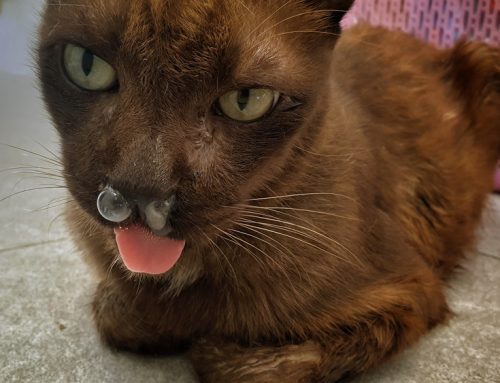Owners of pet cats generally know enough about feral cats to be a little… concerned. They seem to congregate in certain spots, spread disease, share parasites, reproduce with abandon, and fight (among themselves and with anyone that encroaches on their turf).
Owners of indoor-outdoor cats may feel that neighborhood strays or feral cat colonies threaten the safety and health of their pets. But while feral cats are extremely wary of humans, that doesn’t necessarily mean they don’t need our help.
Changing Tide
Previously, cities and towns used to organize and manage animal control programs that simply trapped and euthanized feral cats. However, a more progressive approach to these colonies has gained traction in the last few years.
A Humane Approach
Animal welfare advocates and researchers argue that there will always be feral cats to fill the void created by trapping and euthanizing. As a result, the Trap, Neuter and Return method (TNR) was developed to help feral cats live longer, healthier lives.
The Clear Advantages
When feral cats are trapped and brought into a hospital or clinic setting, they are spayed or neutered to prevent exponential litters, tested and vaccinated, and returned back to their hard-won territory.
The results of the TNR method are incredibly promising in small and large communities alike. First of all, fewer kittens are brought into the cycle. The shrinking population means there is enough food to go around. Fighting and aggressive mating behaviors diminish, and transmission of dangerous infectious diseases is reduced.
Feral Cats Are Different
Feral cats have not been conditioned to accept friendly human advances. Their lives are short, difficult and often painful. They live in constant fear of other feral cats, predators, and dangerous people.
Young kittens born in feral cat colonies can be trapped, socialized and adopted into good homes. Even stray cats that lived with people at some point can be brought into a shelter environment in the hope they’ll get rehomed. Bringing adult feral cats into shelters doesn’t usually yield positive results, and space could be used by other adoptable pets.
In other words, one of the best hopes for feral cats is the TNR method. And, as a bonus, they reduce rodent populations in neighborhoods!
Take a closer look at the ear tips of feral cats near you. If they have a notch taken out of the tip, they have already been trapped, neutered and returned.
How You Can Help Feral Cats
Community members can play very active roles in helping feral cats thrive. Check out the Alabama Spay/Neuter or Feral Cats of Birmingham for more information on local TNR. Programs are always looking for volunteers, donations, and more.
Our veterinarians are always here to address your concerns about feral cats or strays, and answer any questions. Please let us know how we can help!







Leave A Comment